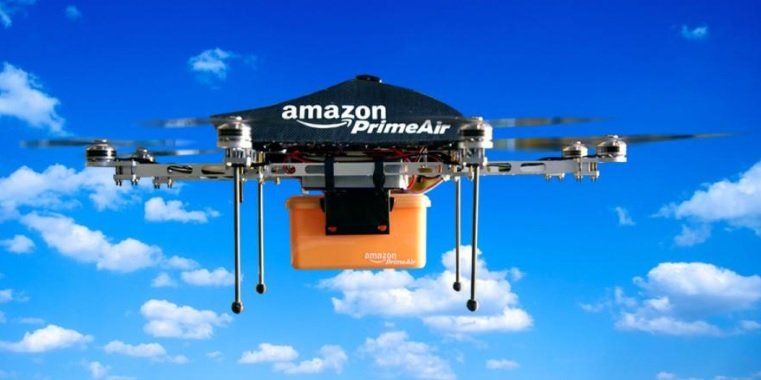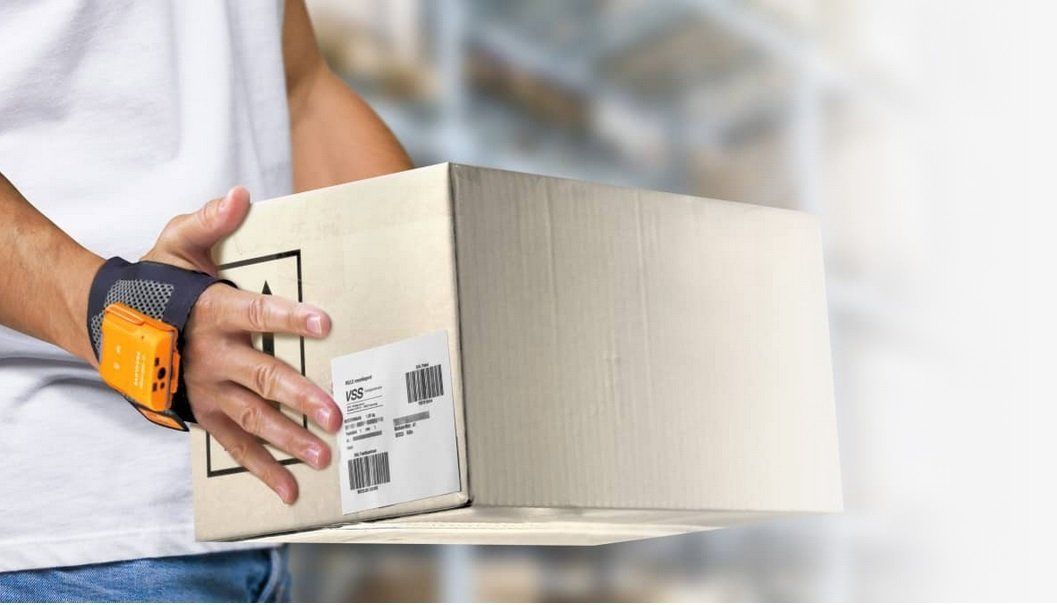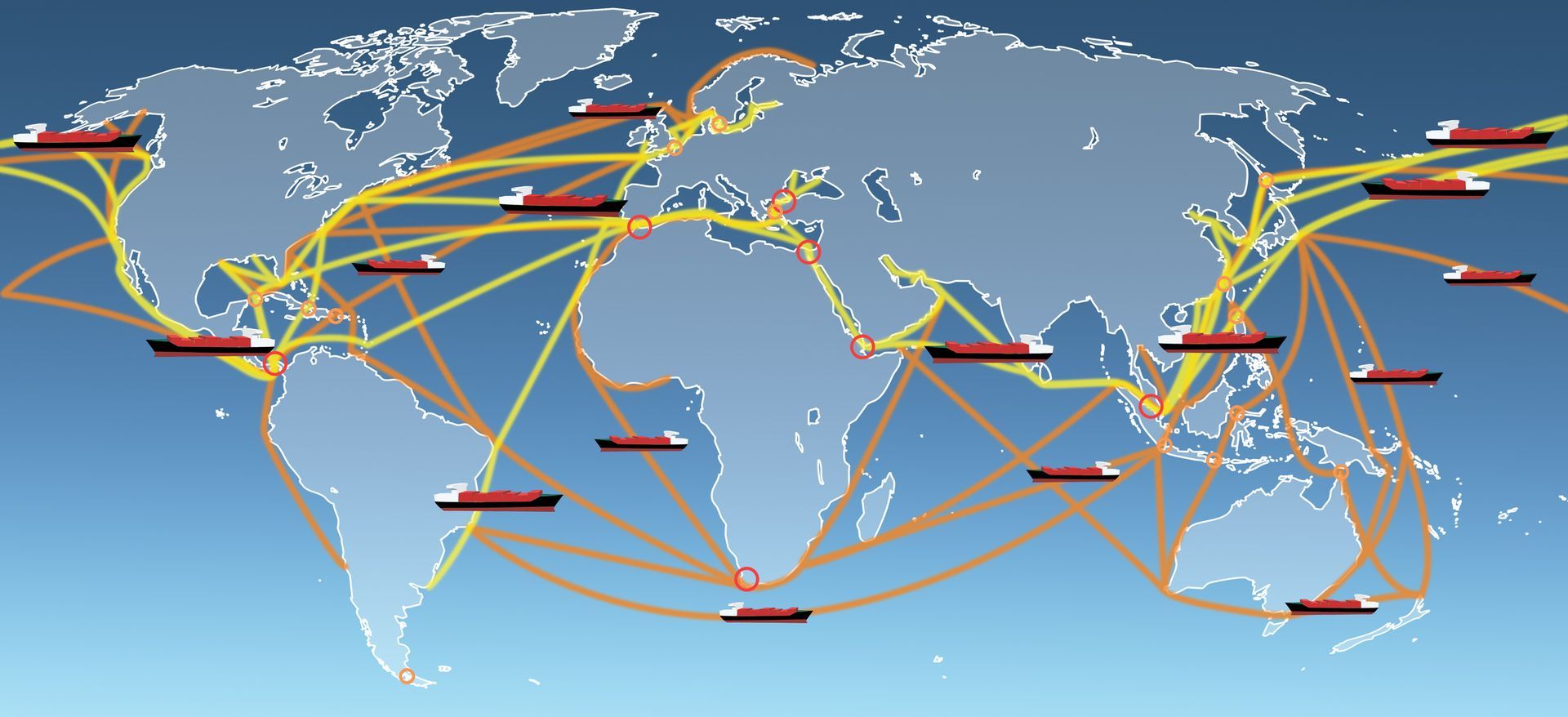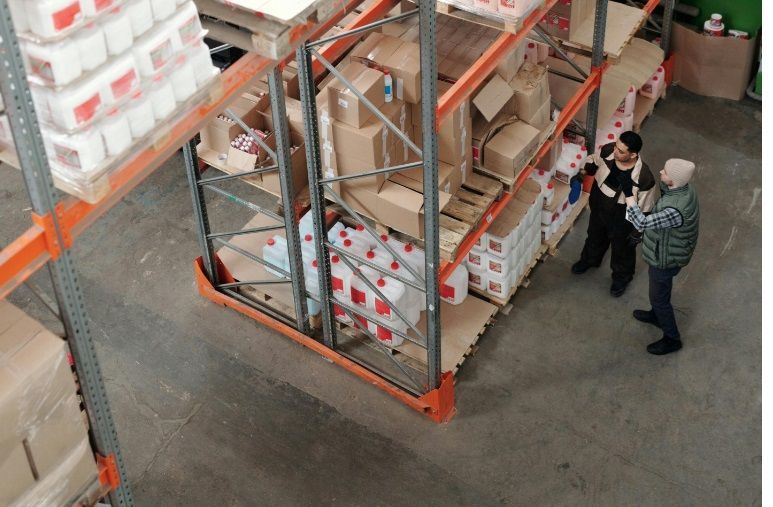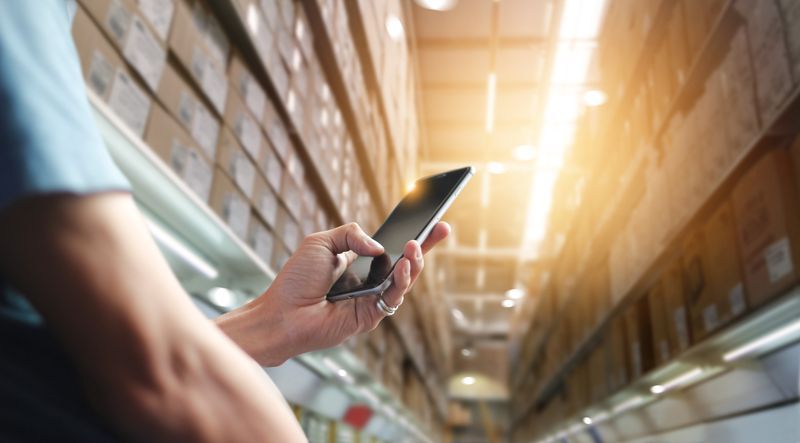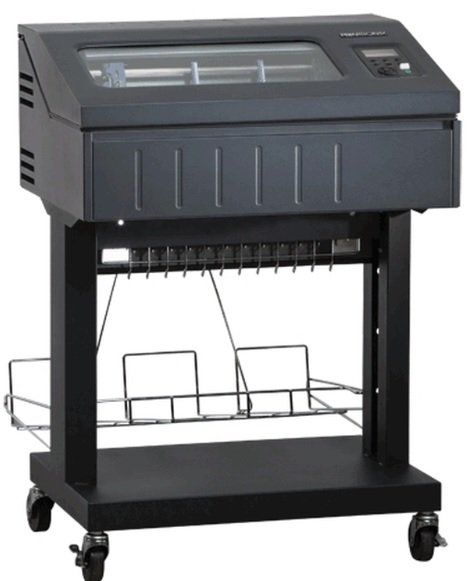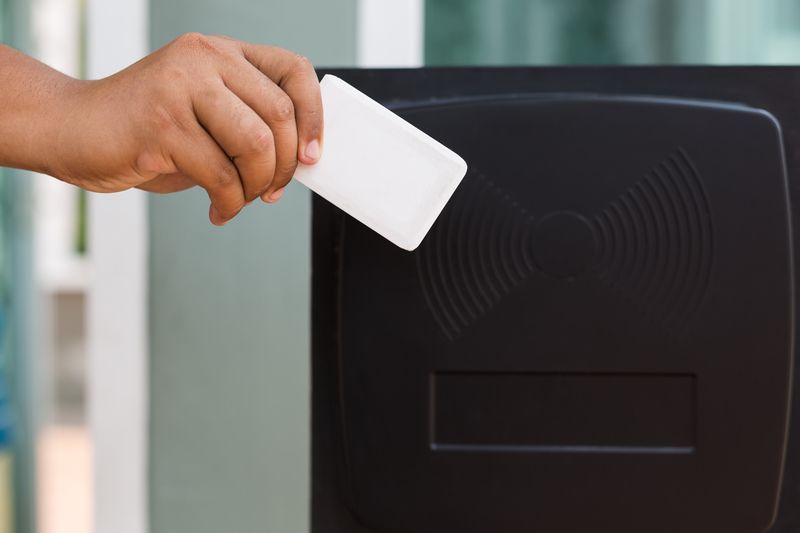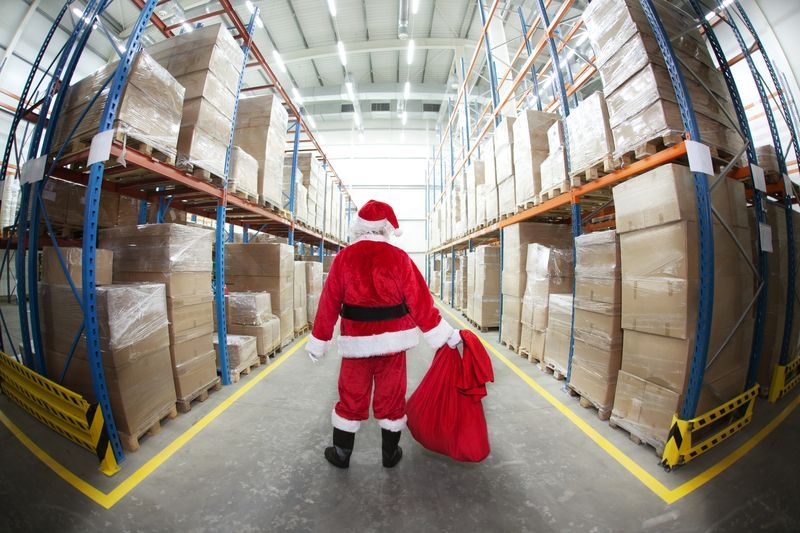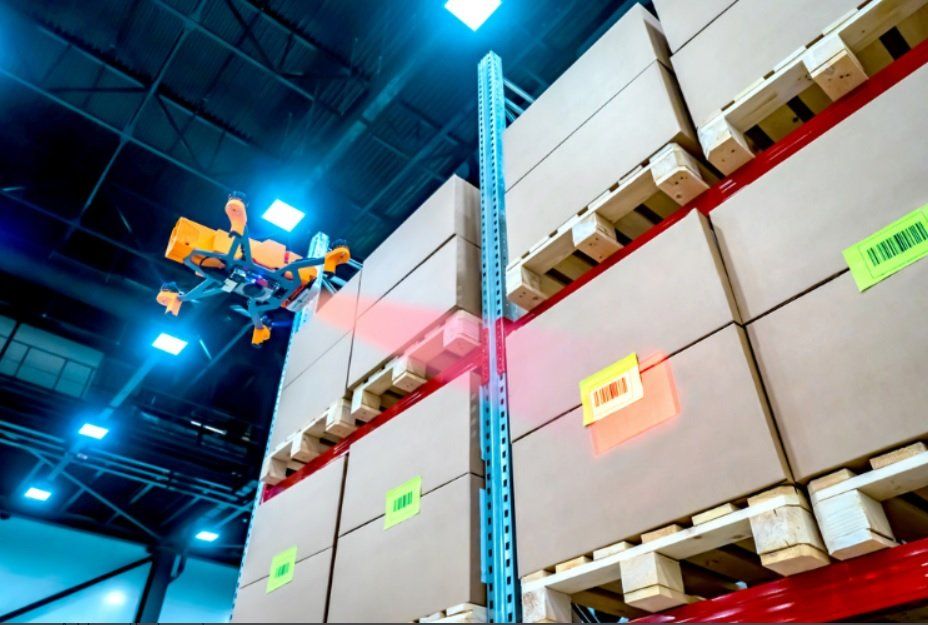How To Keep Up To The Speed Of Amazon
On-line consumers are expecting packages to arrive faster than ever before. How can businesses keep up?
Amazon shipping has radically transformed the freight industry. What used take weeks and was expensive is now more often than not fulfilled the same day for free. Even if shipping is not free, its costs have dropped dramatically. And so have delivery time frames.
But it doesn’t end here. Amazon is now going to introduce another paradigm shift to shipping. Jeff Bezos is planning to leverage a high-tech drone fleet to fulfill orders. It may appear sci-fi and futuristic at the moment. But other technological upheavals also appeared that way when they were first introduced. Now they are an almost banal part of everyday existence.
Sellers can keep up to the speed of Amazon by first understanding how future Amazon shipping will be done.
Drone Technology to the Rescue
Amazon seeks to expedite the last leg of the shipping journey with drone. But why drones? It’s not just a publicity stunt. Drones are the answer to Amazon shipping woes.
The problem is that Amazon has to build its warehouses outside city centers because these sprawling centers are too big. The last leg of the journey which also happens to be the most expensive is therefore too long.
To counter this issue, Amazon is going to use drones because they don’t need a human operator and they won’t get stuck in traffic.
Retailers are anxious to bring out the best customer experience with free shipping on the same day. However, they must consider transport costs since heavy freight trucks that deliver their goods are powered by expensive gasoline as well as drivers who must be well-remunerated.
Since drones are intended to be autonomous and because they can cut right through crowded cities over its open skies, they are considerably faster and cheaper.
However, several technological challenges stand in the way not the least of which are safety concerns.
Technological Challenges
Heavy drones can possibly fall out of the sky onto hapless pedestrians below. One solution to this problem is to equip drones with a spare motor and power supply that will activate automatically if the primary power/motor fail.
There will also be the problem of noise pollution since drone rotors slice through air at extremely high speeds to create an uncomfortably loud buzzing noise.
Technologists are mulling over new rotor designs like serrated edges, blade indentations and other innovative ideas to bring down decibel levels.
Future Drone Warehouses
Drones may also allow Amazon to build its warehouses in city centers. Amazon submitted a patent for drone ‘beehives’ in 2017.
Drone ‘beehives’ in the shape of multi-level structures are intended to reduce the footprint of Amazon’s colossal warehouses. Amazon warehouses may then be compact enough to fit inside dense city centers.
Retailers should also look up to drone shipment because high shipping costs are responsible for over 85 percent of abandoned carts. Drone trips may cost just a dollar.
Retailers should make their businesses ready for drone delivery. Even UPS, the biggest delivery partner of Amazon is getting in on the act and investing in drones. Amazon estimates a drone fleet of 450,000 in just one year.
When drones do become a common mode of Amazon shipping, retailers will emerge the victors thanks to stunningly low shipping costs and super fast deliveries.
Not only drones improve shipping times, but faster barcode scanning speeds will help businesses keep up with Amazon. Talk to one of our Printer & Barcode Technology Specialists today about how to improve the speed of your shipping processes.
Related Links:
https://www.midcomservicegroup.com/proglove-wearable-barcode-scanners
https://www.midcomservicegroup.com/express-repair-centers
https://www.midcomservicegroup.com/onsite-printer-repair
https://www.midcomservicegroup.com/refurbished-barcode-scanners
https://www.midcomservicegroup.com/refurbished-thermal-label-printers




